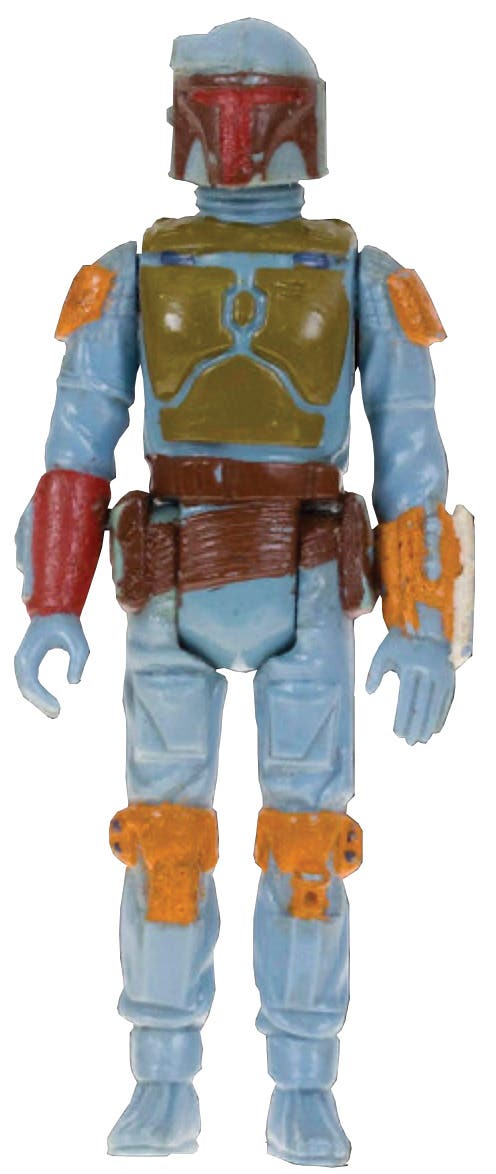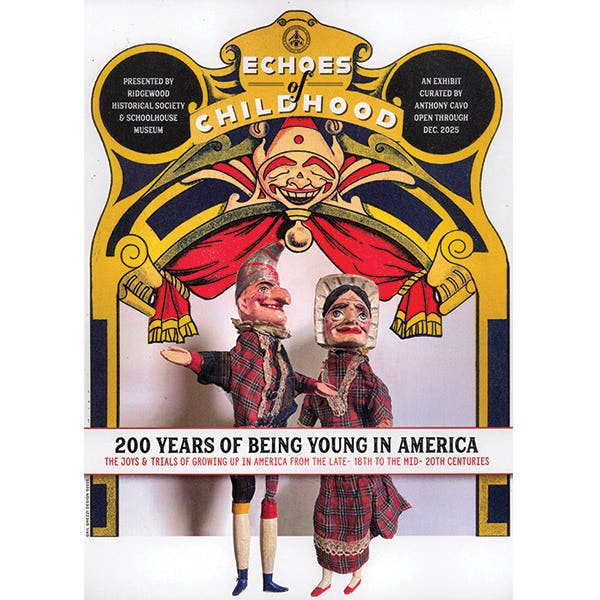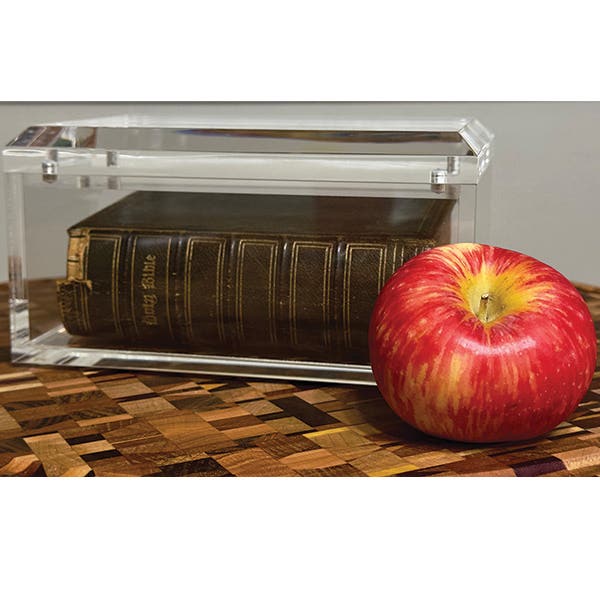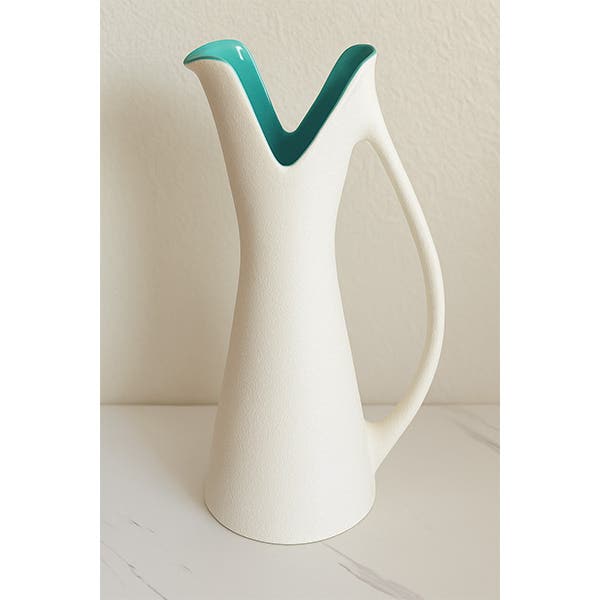The Eternal Debate of Mint-Condition Collecting
Sealed or opened, every collector faces the marshmallow test.
Psychologists at Stanford once offered children a simple deal: Eat one marshmallow now, or wait a bit and get two. Some kids gobbled theirs up instantly. Others sat on their hands, determined to hold out. That experiment, now famously known as the “marshmallow test,” was never about candy. It measured how people balance a sure reward now against a promised reward later.
Mint-condition collecting works much the same way. The sealed-box devotee is the child who waited. They preserve an action figure or video game in its untouched state, betting that patience will be rewarded with greater value down the road. Every unopened package is a marshmallow pushed into the future. A sealed Super Mario 64 graded 9.8 A++ sold for $1.56 million in 2021, while opened cartridges typically sell for under $100.
The unboxer takes the other path. For them, the reward lies in the here and now. They peel back the tape, open the clamshell, and handle the figure the way it was meant to be. The payoff comes in posing a Boba Fett on a shelf or building a LEGO Millennium Falcon in the living room. The joy is certain.
This trade-off explains why the debate over opening or preserving remains so charged. Both choices make sense because both appeal to deep-seated instincts. Some of us are wired to wait. Others dive in. The sealed box sits on the shelf like that marshmallow on the table, daring each collector to reveal which type they are.
The Marshmallow Test of Mint-Condition Collecting
The idea of leaving something untouched for future reward isn’t new. Long before collectors argued about action figures, kings and nobles set aside pristine coins. The very term “mint condition” comes from numismatics. An uncirculated coin carried a premium because it looked exactly as it did when it left the press. In the Renaissance, rulers such as Louis XIV displayed ancient coins in cabinets, valuing their immaculate preservation.
Image: Heritage Auctions.
That principle crossed into modern collectibles with the rise of mass production. In the 20th century, toys shifted from handmade rarities to everyday consumer goods. Abundance made pristine survivors more valuable. The more a toy was played with, the scarcer an untouched example became. Parents who bought Hess Toy Trucks in the 1960s and 1970s often learned to buy two: one for the kids to enjoy and another to leave sealed in its box. That habit foreshadowed today’s “double buy” strategy.
From coins in velvet-lined cases to mint-condition toy trucks in cardboard boxes, the lesson has been the same. Sometimes the real prize isn’t in the object’s use but in its untouched survival. That recognition set the stage for the tension every collector feels today.
Packaging as Treasure or Trap
As mass-produced toys gained cultural weight, their packaging began to matter as much as the items inside. A sealed box promised authenticity, freshness, and protection from wear and tear. However, it also created a paradox: Packaging protected the toy, but it prevented it from doing what it was made to do.
For sealed collectors, the packaging is part of the artifact. The graphics, inserts, and tape lines freeze the item in its moment of creation. That factory seal acts like a guarantee. When a rocket-firing Boba Fett prototype sold for more than $1.3 million, the figure’s value wasn’t only in its rarity. The untouched state sealed the deal.
Unboxers see the same plastic window as a cage. Toys, they argue, are meant to be handled and enjoyed. On the subreddit r/funkopop, daily posts feature loose figures in elaborate dioramas, some of which include professional lighting setups. An unopened box stacked on a shelf feels sterile by comparison.
Value inside the box competes with value in the moment. The choice comes down to which speaks louder: the potential resale or the immediate joy waiting just beyond the seal.
Speculation and the Risks of Waiting
Patience doesn’t always pay. In 1999, after Ty Inc. retired several Beanie Baby styles, secondary-market prices peaked—some plush toys sold for thousands. Within a year, the bubble collapsed, and many who saved their collections ended up with closets full of stuffed animals worth little.
Today’s markets swing the same way. As noted, a sealed Super Mario 64 fetched $1.56 million at auction. Opened cartridges rarely top $100. Yet that record drew scrutiny when grading firm WATA Games faced allegations of inflating values through an auction partnership. Collectors who held their shrink-wrapped games suddenly saw patience as a gamble.
Unboxers point to moments like these as proof that speculation is risky. At least those who opened their toys or games enjoyed the certainty of use. For sealed collectors, the draw remains the chance, however uncertain, that restraint will deliver an extraordinary reward. The marshmallow test plays out again, this time with money on the line.
Many collectors resolve the tension by refusing to take sides. The “double buy” method—one to open, one to keep sealed—satisfies both impulses. What began with parents buying two Hess Toy Trucks is now a common tactic across action figures, LEGO sets, and trading cards.
Image courtesy. Image: Gabe Ginsberg/Getty Images.
Others take a careful route. Some open items with a hobby knife, preserving trays, and inserts so the figure can later be returned to its box. The value won’t match a factory seal, but it keeps more than a casually opened example. In the digital age, still more collectors document the unboxing. High-resolution photos and videos provide provenance, proof that the item started mint, even if it now sits loose on a shelf.
Hybrid approaches in mint-condition collecting reflect the same marshmallow dilemma. Collectors look for ways to enjoy now and still preserve later. The solutions aren’t perfect, but they reveal how the debate isn’t only about things. It is about how people balance competing instincts: the desire for immediate joy and the hope for long-term reward.
The Eternal Debate Lives On
Every sealed box is a marshmallow on the table, waiting for a decision. Some collectors sit on their hands, sure that patience will pay off. Others cut the tape, unwilling to trade present joy for an uncertain future. Both choices show how each person values time and experience.


History shows both paths can lead to triumph or regret. The child who saved the Beanie Baby may have waited in vain, while the one who opened a rocket-firing Boba Fett never imagined it might one day sell for more than a house. Collectors live with those choices, knowing the outcome is never guaranteed.
Collectors still split at the seal. Keep it closed, or open it wide. That decision defines mint-condition collecting.
You may also like:








